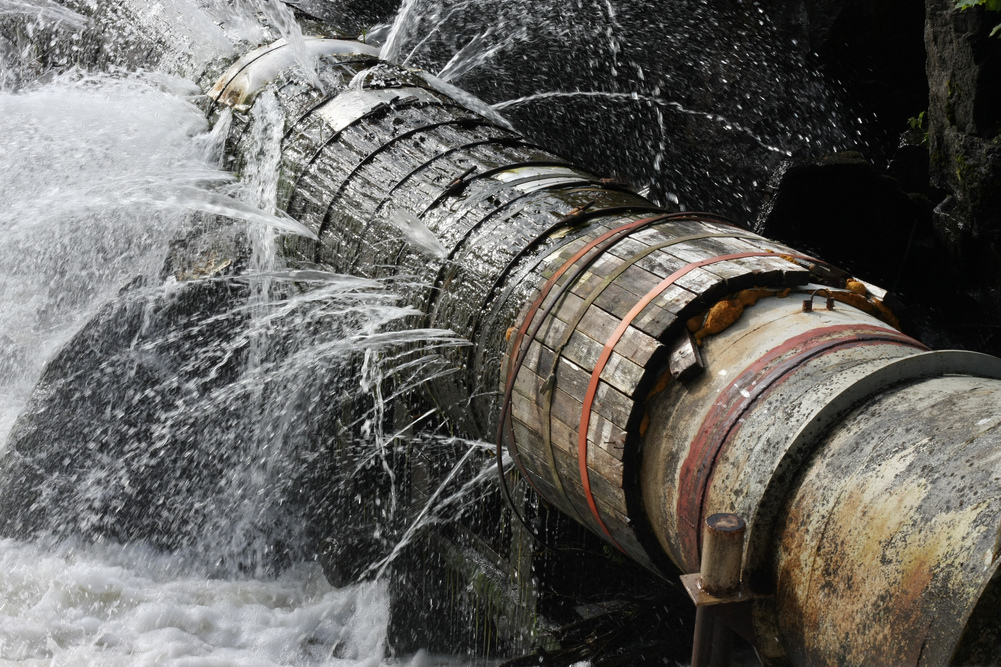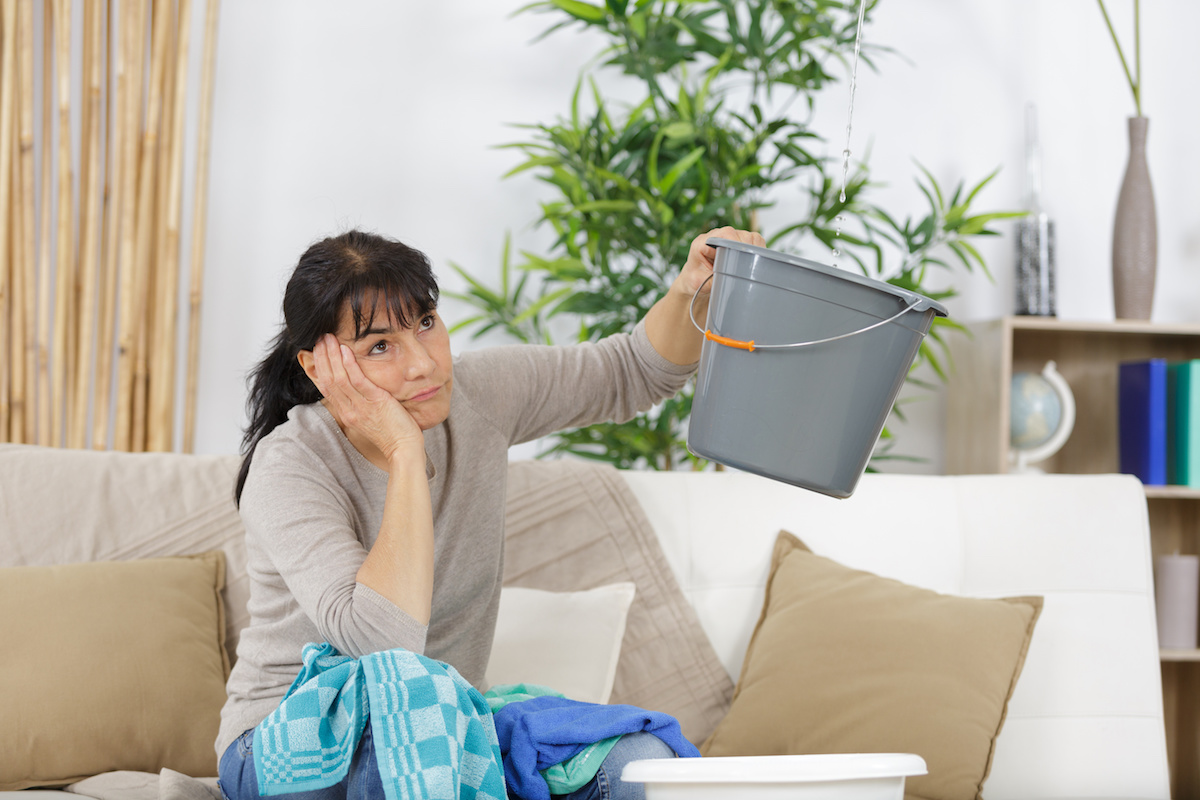They are making a number of great observations on What to Know Before Installing a Dishwasher as a whole in this content following next.

A ruptured pipe is a major emergency; you can only stand as you view water you pay a lot to rejoin with the planet. In even worse situations, you discover a swimming pool on your kitchen area flooring, which is a great journey threat, particularly if you have children around. If the pipeline that burst remained in your wall surfaces, problem: you might need to repaint that whole area.
How can a catastrophe like a burst pipe be prevented and also managed? Well, by listening to your professional emergency plumbings and following these rules.
How do I know when my pipes have ruptured?
Fluctuating water stress
Pipelines do not just burst in a day. You might have discovered that your kitchen area tap or shower doesn't run right away when you transform the faucet. It might stop briefly for a few seconds and then blast you with more pressure than typical.
In various other instances, the water might appear regular initially, then drop in pressure after a few secs.
Wet walls and also water spots
Before a pipeline bursts, it will certainly leakage, a lot of times. If this consistent leaking goes undetected, the leakage may graduate into a large wound in your pipeline. One very easy way to avoid this emergency is to look out for damp walls ad water spots. These water discolorations will lead you right to the leak.
Puddles under pipelines as well as sinks
When a pipeline ruptureds, the discharge forms a puddle. It may appear that the pool is expanding in size, and also regardless of the number of times you wipe the puddle, in a couple of minutes, there's one more one waiting to be cleaned up. Typically, you might not have the ability to trace the puddle to any noticeable pipes. This is a sign to call a specialist plumber.
Untraceable leaking noises
Pipeline bursts can occur in the most unpleasant places, like within concrete, inside wall surfaces, or under sinks. When your house goes silent, you might have the ability to listen to an annoyingly relentless trickling noise. Also after you've checked your shower head as well as cooking area tap, the trickling might continue.
Dear viewers, the trickling might be coming from a pipeline inside your wall surfaces. There isn't much you can do regarding that, except tell a professional plumber.
Shut down the Water
When water freezes, it expands in volume by concerning 9 percent. And also it broadens with significant force: The stress inside pipes may go from 40 extra pounds per square inch to 40,000 psi! No pipeline can hold that much stress, so it breaks open. The break may occur where the ice types, however more often, it occurs where water stress discovers a vulnerable point in the pipeline. That may be inches and even feet from the icy location. Find the water shutoff valve and also shut off the water to prevent even more damages. You might additionally require to turn off the electrical energy also, depending on where the leakages occurs and how big it is.
Polluted water
Many individuals think a burst pipe is a one-way outlet. Fairly the contrary. As water spurts of the hole or gouge in your plumbing system, impurities locate their way in.
Your water might be contaminated from the source, so if you can, check if your water storage tank has any type of issues. Nevertheless, if your drinking water is supplied and purified by the local government, you need to call your plumber immediately if you see or scent anything funny in your water.
What do I do when I spot a ruptured pipe?
Your water meter will certainly remain to run also while your water wastes. To reduce your losses, find the primary controls and turn the supply off. The water pipe are an above-ground structure beside your residential property.
How to Fix & Detect a Leaking Pipe
How Do I Know if a Pipe is Leaking?
Leak detection tests can help you determine if your pipe has a leak. Even if you don’t see an apparent leak, you should still conduct leak detection tests regularly to save water and money—and prevent major damage to your home.
- Water meter. It can be helpful to figure out what your usual water meter usage numbers are and then monitor them regularly. To monitor your meter, first, turn off all water faucets in your home. Check the meter and write down the numbers. In a few hours, check the meter again. If the numbers have changed, you have a leak.
- Water gauge. Use a water gauge to test your water pressure. Your showerhead should produce a certain amount of water pressure based on its model and design. If the pressure is lower than it is supposed to be for that specific showerhead, your home likely has a leak.
- Puddles. Look inside your bathroom, laundry, and kitchen sink cabinets. Puddles around the cabinets or around toilets, tubs, showers, and washing machines indicate the presence of a leaking pipe. You may also notice loose tiles, peeling or flaking paint, or mold caused by water accumulation.
- Napkin test. Even if you don’t see any puddles, you may still have a leak. You can test for water leaks in the bathroom, laundry, and kitchen by wiping below-sink connections with a napkin, paper towel, or piece of toilet paper. If it becomes damp, you probably have a leaking pipe under the sink.
- Discolored walls. Walls that are discolored—usually with brown or yellow stains—or bulging might mean that they have been impacted by water damage caused by a leaking pipe.
- Smell. A leaky pipe will create sitting water, and over time, that water may develop a musty smell. If your home smells musty, but you can’t locate the source, it may be due to a leak.
Steps for Fixing a Leaking Pipe
- A leaky drain can be remedied by tightening the pipe base, replacing the drain seal, caulking the rim, and tightening the pipe nut.
- Similarly, a leaking toilet pipe can be treated by tightening the packing nut. You may also need to replace the valve.
- A leaky faucet may just need tightening or replacement of the washers. If that doesn’t work, consider replacing your faucet.
- If your pipe has a hole in it, you may want to use a pipe leak sealer or pipe leak tape. This quick fix for water pipe leaks can also temporarily fix a copper pipe leak.
https://www.ahs.com/home-matters/quick-tips/how-to-tell-if-pipes-are-leaking/

Do you appreciate reading up on How to Install and Connect a New Dishwasher? Give a remark down below. We'd be pleased to hear your opinion about this content. Hoping that you visit us again later on. Do you know about somebody else who is fascinated with How to Install and Connect a New Dishwasher? Take a moment to promote it. Many thanks for taking the time to read it.
Avoid more damage, call now!
Comments on “How to Swiftly Spot and Efficiently Repair a Leaking Pipe”